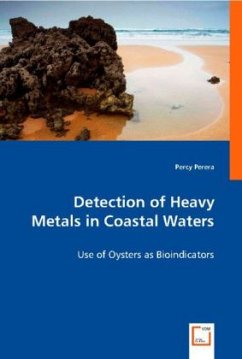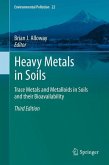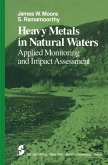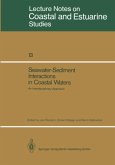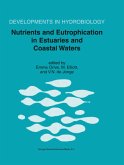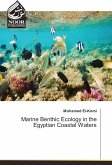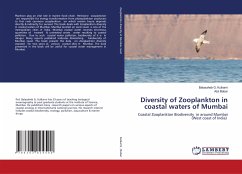The determination of trace heavy metals in polluted marine waters is often difficult due to the low concentrations in which they occur. Therefore, the development of monitoring techniques which are more efficient monitors of environmental contamination is required. Living organisms can be used for this purpose. Bivalve molluscs are known for their ability to bioaccumulate heavy metals and other substances in their tissues. For example, mussels and oysters can concentrate cadmium up to 100,000 fold the levels observed in the water in which they live.This book provides information about the use of oysters as pollution biomonitors in shallow water marine habitats. The analysis of heavy metals, cadmium, copper, lead, and zinc, is performed on the tissues of Crassostrea gigas and also in the sediments surrounding their local habitats. Five river mouth sites are analysed with different catchment areas to determine relationships between land use activities and heavy metal contamination.The details of this study should be particularly useful to academic and professional researchers within the field of marine pollution monitoring and shallow habitat marine ecology, or anyone else with a keen interest in these disciplines. This book may also be of considerable interest to those involved in the formulation of environmental management strategies for pollution control and coastal sustainability.
